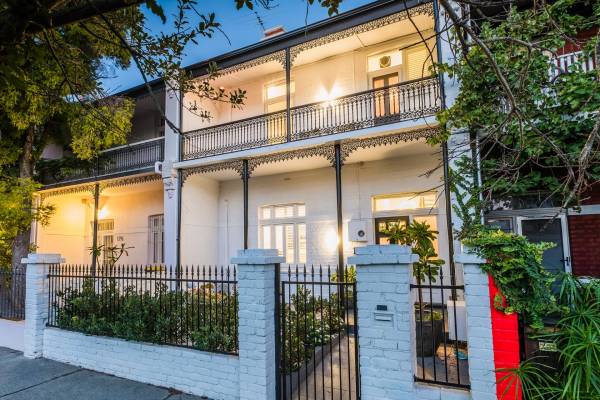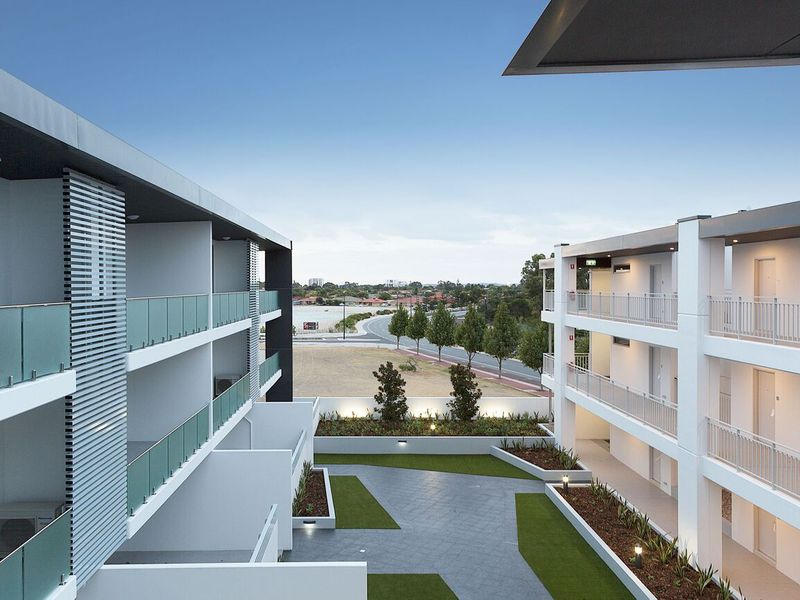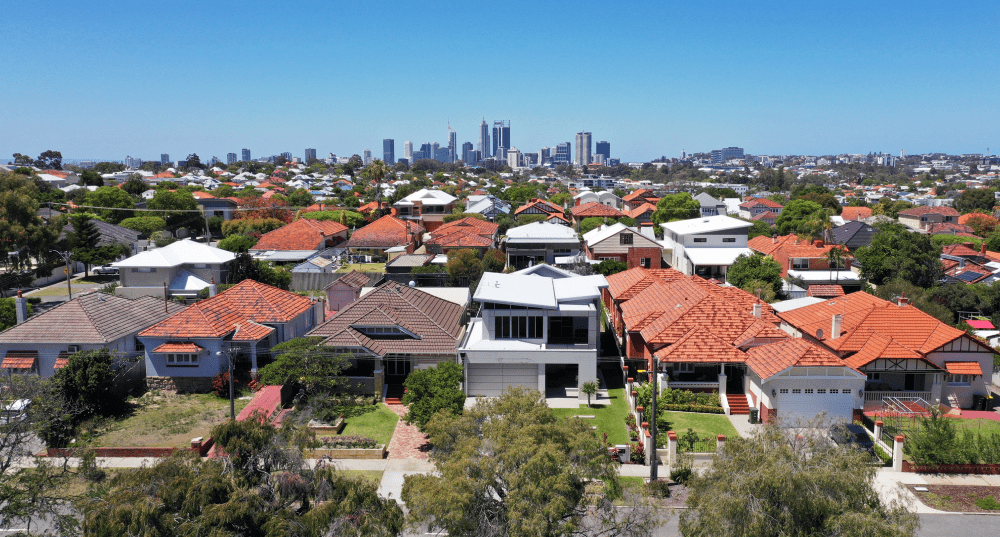WA's Affordability Gap Between Homeowners and Renters is Growing
A growing divide between homeowners and renters has emerged in Western Australia, with a new report revealing the disparity in housing affordability has widened since COVID-19.
The recent Bankwest Curtin Economics Centre’s Housing Affordability in WA: A tale of two tenures report shows while property owners are more comfortable than they have been in some years, private renters, particularly single parents, are struggling to make ends meet.
The report draws on research from the fourth BCEC Housing Affordability Survey of 4000 households across Western Australia, New South Wales and Queensland.
The perception of housing affordability improved with 53% of WA respondents saying they considered their housing affordable, compared to 39% in 2015. For homeowners, this was partly driven by lower mortgage interest rates.
But the report also found that one in five single parents rated their housing as unaffordable and 40% were paying more than a third of their income on housing costs.
Bankwest Curtin Economics Centre Director Alan Duncan said the divide would likely increase in coming months as the full impact of the lifting of the COVID rental moratorium was realised. The tight rental market was also contributing to the rift, he said.
“Rents in WA have increased by $60 per week on average since September 2020 because of high rental demand and limited supply of houses available to rent, and are likely to increase further now that the moratorium has lifted,” Professor Duncan said.
“In regional areas such as Port Hedland and Karratha, median rents for units have risen by over $100 per week over the year to March 2021, while median rents for homes in South Perth have risen by $150 per week.
“If rents were to increase by 10% this would have a major impact on the financial wellbeing of more than 100,000 renters in WA, disproportionately affecting those receiving rent assistance.”
Perth’s rental vacancy rate is now below 1% – the lowest level in 40 years.
It comes amid a sharp rise in the number of new residential builds in WA, with approvals more than doubling to 11,000 dwellings between January and April 2021 compared to 4800 in the first four months of last year.
The report says housing loans in WA reached an historic peak in February 2021, with $2.4 billion in loans allocated to the housing sector – twice the value of the previous year.
And it found there had been a shift in what households wanted from their living arrangements since COVID-19, with many reporting a greater desire for more internal and outdoor space and better access to local amenities.
Professor Steven Rowley, Director at the Australian Housing and Urban Research Institute’s Curtin University research centre, said more housing stock as a result of new builds would help ease rental price pressures.
“Growth in the number of dwellings approved in WA had risen by 118% over the year to April 2021, albeit it from a very low base,” Professor Rowley said.
“Based on first homebuyers applying for HomeBuilder and the Building Bonus scheme alone, there could be around 10,000 households leaving the private rental market over the next six to 12 months, which will ease pressure on the rental market, but provides little relief to those currently searching for accommodation or dealing with rent increases.
“First-home buyers have been the big winners from government assistance, with more than 22,000 new housing loans to first home buyers in WA approved in the 10 months between July 2020 and April 2021 – nearly double the number compared to a year earlier.”
He said first-home buyers had received a greater share of new home loans than non-first time buyers for the first time since 2009.
“Almost half of those who purchased in the last six months said government incentives allowed them to bring forward their decision to purchase and 43% of those purchasing in the last two years stated they would not have been able to buy without the incentives,” he said.
Source – realestate.com.au – 02/07/2021


